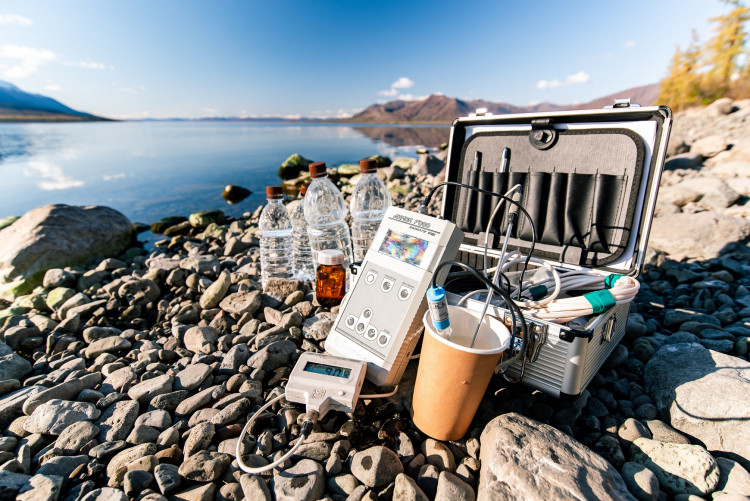Nornickel, the world's largest producer of high-grade nickel and palladium held the annual public presentation for investors - the so-called Capital Markets Day - to share an update of its key strategy goals. Nornickel runs metal mining and refining operations mainly in the harsh Arctic environments like Russia's Kola and Taimyr peninsulas. The company's focus this year is on nature protection and a big clean-up.
The group's green strategy includes a set of projects intended to clean the legacy pollution in the Arctic city of Norilsk - one of its key areas of operation, a sharp reduction in sulphur emissions.
The company has reported that it completed most of cleaning after the diesel fuel spill last year. Nornickel started cleaning the contaminated soil with bacteria this short Arctic summer, suspended it for winter and plans to resume in the coming spring. "Fuel residues were cleaned this year and will continue to be cleaned up for as long as it will require", Nornickel's senior vice president for ESG said. "We have obtained further independent impact assessments, including second phase of the Great Norilsk Expedition, a field trip by a team of leading scientists from the Siberian Branch of the Russian Academy of Sciences to Norilsk", Bougrov added.
Another legacy issue is a clean-up of historical pollution in Norilsk, the industrial city founded by Soviet explorers 86 years ago in a push to secure rapid industrial output. "This year we entered into active implementation of this program, having set up a dedicated 750-men-strong department in Norilsk with over 120 pieces of various equipment as we target to dismantle over 175 obsolete buildings and structures this year and remove over 0.5 million tonnes of waste", said Bougrov at the investor day presentation. The clean-up program is scheduled for 10 years with a total budget of approximately $0.6 billion he added.
The group - Russia's top metals and mining player in terms of revenues and market value - is committed to reduce its sulphur dioxide footprint - cut the emissions of SO2 - a gas emitted in the ore refining process. The group's top managers reported that its Sulphur Program at the Kola Division has been completed while the construction at Norilsk Division was in active phase.
"We are expecting that sulphur dioxide emissions in Kola will reduce in 2021 by about 85% from the base year (2015), when the program started", said Nornickel's Bougrov. "Importantly, cross border emissions have been completely eradicated."
In Norilsk, the group's programme is scheduled in 2 phases, with a first one targeting a 45% reduction and due for completion by 2023.
In a bid to make the air cleaner in Norilsk, the company this year is launching real time air quality monitoring in the residential area of Norilsk. "Our ultimate goal is to have this system fully automated, with the city resident being able to check air quality via a phone application in real time."
Nornickel this year continued working on strengthening its reputation as a responsible supplier and has accessed or applied for a number of international certifications and standards. The group completed a proprietary project, obtained certificates for a reduction of CO2 emissions over 2019 and 2020, which enabled Nornickel to allocate the savings towards production of carbon neutral nickel this year.
ESG rating agencies rank Nornickel on par or above global mining industry averages. Nonetheless, the company's management feels that Nornickel deserves better ratings, which are impeded in part by very strong path dependency of ESG ratings methodology. "It is very much backward looking, penalizing heavily for the past and not giving much credit for the outlook", said Bougrov.
"This is totally different to how financial markets approach valuation of stocks as we all well know. Nevertheless, we hope that the delivery against our environmental and other ESG targets will eventually translate into ESG rating upgrades. But this will take time".






